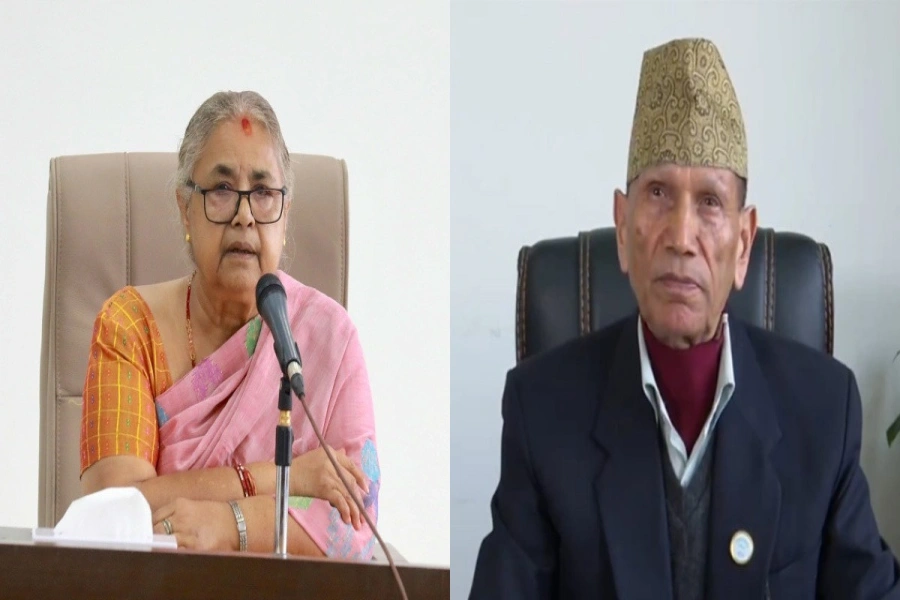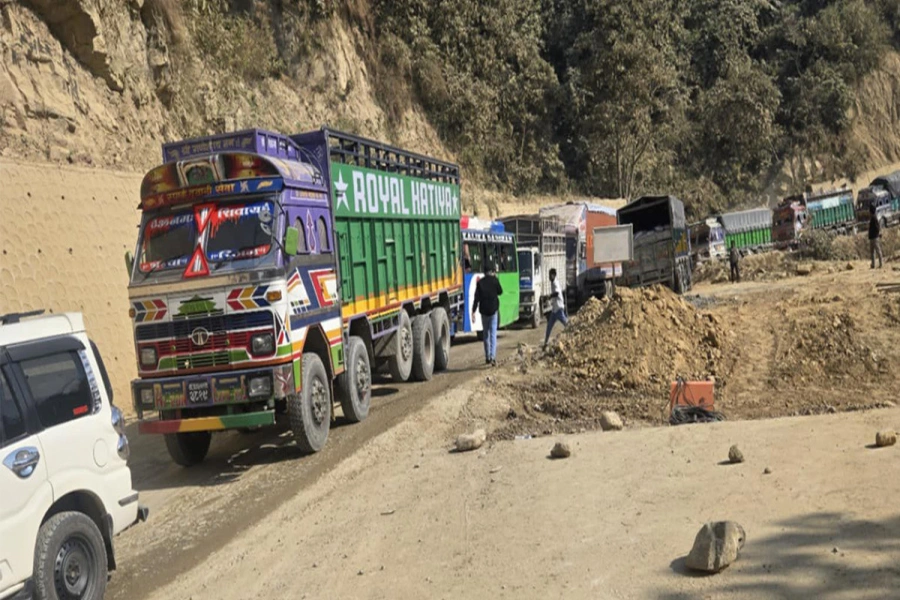Between 2030 and 2050, climate change is expected to cause approximately 250 thousand deaths per year from malnutrition, malaria, diarrhea, and heat stress.
“Health is wealth.” Most of us remembered this saying during the pandemic of COVID-19 like never before. It reminded us of the direct relationship between our health and the environment that we live in. It has exposed the insufficiencies of the health system in the provision of primary health care and emergency services. It taught us the importance of establishing a strong health system that is sustainable and affordable to us and all.
Waves of COVID-19 hit the world so hard that no powerful weapons could stop the raining cases and deaths. Health workers all over the world fought like warriors on the battleground and eventually the miraculous invention of the vaccine has definitely given us some hope now. However, we cannot avoid the fact that the risk of epidemics and pandemics has increased due to uncontrolled urbanization, unplanned industrialization, and climate change. The pandemic has provided a new lens to view the world, especially in terms of health.
Climate change
The unprecedented climatic events, those not seen in generations, are due to the changing climate. But, the political leaders have not taken scenarios from Intergovernmental Panel on Climate Change (IPCC) seriously, which led to embarrassment in the COP-15 in Copenhagen. Recently, another UN international climate change negotiation was able to patch some bruises from last year. Still, they have left the most important negotiations.
SHIFT for Our Planet: Youths urge authorities to make climate j...

Most of the carbon is stored in the soil and various living bodies in the world. Carbon combines with oxygen through various processes to form carbon dioxide gas. This particular gas released in the atmosphere is one of the important and overwhelmingly successful gases to cause climate change. Most of the climate solutions are also directed to reduce the release of this gas into the atmosphere.
The burning of fossil fuels, burning of wood, and changing landscapes too releases huge amounts of CO2 into the atmosphere.
Carbon sequestration in soil is one of the potential ways of climate crisis mitigation. If we can put just as much carbon as we have released in the past few hundred years into the soil, the problem is solved. Thus, restoration of forests and grasslands, and energy-efficient technologies have been proposed. First, it directly keeps carbon for a longer duration inside the soil, thus reducing the carbon content in the atmosphere.
Second, it improves soil organic matter content that has been depleted for so many years. Third, it improves soil structure providing a better physical environment for plants and microbial growth.
Health impacts
Between 2030 and 2050, climate change is expected to cause approximately 250 thousand deaths per year from malnutrition, malaria, diarrhea and heat stress. Climate Change affects humans in two ways: by changing the severity or frequency of health problems that are already affected by climate or weather factors and second by creating unprecedented or unanticipated health problems in places where they have not previously occurred. Some existing health threats will intensify and new threats will emerge. Climate change affects the social and environmental determinants of health- clean air, safe drinking water, sufficient food, and secure shelter.
Diseases like respiratory and cardiovascular diseases, water-borne diseases, infectious diseases, mental health problems, and premature death are the effects of climate change. There is strong evidence that climate change can affect health. Direct changes such as increased heat stress and loss of life in floods and storms and indirect changes through vector-borne diseases (like malaria, dengue, Kala-azar, Japanese encephalitis) water borne pathogens (Typhoid, diarrhea, dysentery, hepatitis) water and air quality, and food quality. The emergence of new diseases and the risk factors are the major consequences of climate change.
The hazardous smoke increases the risk of non-communicable diseases like respiratory illnesses, heart diseases, cancers, burning of the eyes, etc. The smoke emitted by the factories, the increased level of vehicular emission, the cross-border industrial pollution, and the wildfires in different areas around the Valley has contributed to affecting the Air Quality Index (AQI) of the Valley. It is a real challenge to the entire ecosystem . Being a landlocked country and due to its complex topography, Nepal is inclined to climate change and the environmental change in temperature and precipitation at a faster rate. Its low resilient capacity and lack of adequate funds for adaptation makes Nepal and its people vulnerable to climate change more.
Rules and regulations
National Climate Change Policy in coordination with National Adaptation Programme in Action (NAPA) envisions “a country spared from the adverse effect of climate change.” Nepal prepared a Health National Adaptation Program. Climate Change Adaptation Strategies and Action Plans of Nepal (2017-2022) and is implementing it to address issues. Climate Change and Adaptation Strategy And Action Plan (2016) aim to develop a national strategy on climate change with adequate focus on the health sector and inter-sectoral collaboration to protect health from adverse effects of climate change. Nepal is taking baby steps in controlling the effects of climate change.
The policies and strategies have not been prioritized for implementation yet. We should focus on strategic policymaking, its implementation and strengthen the entire sector to combat the negative health impact of climate change. Promotion of health education for the community by conducting different programs to climate-sensitive diseases can be an effective adaptive measure to prevent further occurrence of the diseases. The empowerment of the communities to respond to climate change should be prioritized. The government should emphasize research and studies on vector dynamics and change patterns for all vector-borne diseases. Early warning and surveillance systems should be intensified.
At last, multisectoral collaboration should be the utmost priority in the prevention of health risks of climate change in Nepal. From people at the grassroots level to the policymakers, everyone should be updated about climate change and its effects on health. And we should make a single mission: to protect and hand the planet to the next generation safely.”
(Dr Budhathoky is the Central Treasurer of Central Nepal Medical Association.)





































